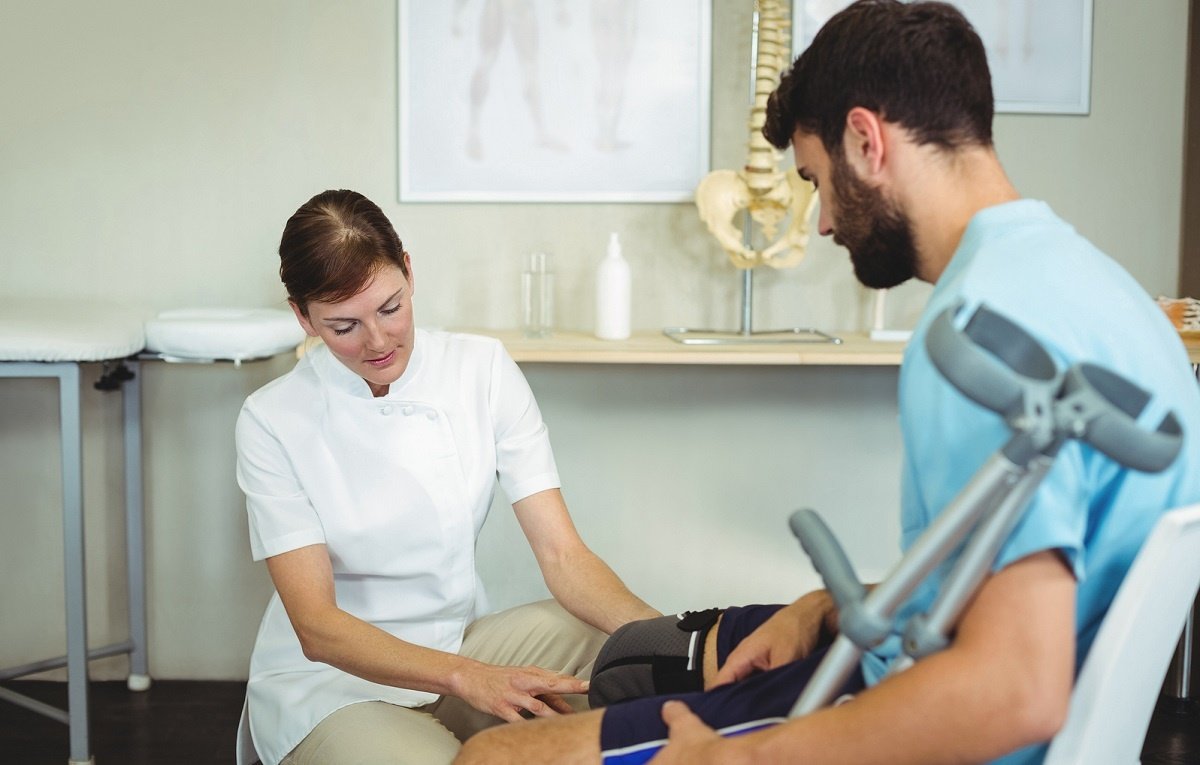How does a knee reconstruction work for an ACL injury?

An ACL tear will not heal without surgery. While the swelling and pain will likely ease on their own, surgery will restore the function you previously enjoyed to your knee so you can get back to doing the things you love.
You’ve probably heard the term knee reconstruction used in relation to your favourite football, netball or basketball players. Also known as an ACL reconstruction, this is a very common surgical procedure in Australia that involves replacing the torn ligament in your knee so you can restore its functionality.
Your surgeon will use a tissue called a graft to replace your ACL ligament during surgery. This is taken from the tissues around the knee, more commonly the hamstring or patella tendon, however your surgeon can alternatively use a quadricep or artificial tendon as a graft.
The surgery is performed as an arthroscopic (keyhole) procedure under general anaesthetic. Thanks to advancements in technique and technologies, this procedure is less invasive, painful and involves a shorter recovery time than in the past.
During surgery, the surgeon will make two small incisions (1cm long) and one longer incision (5cm long) on the front of your knee. Using an arthroscopic camera, your surgeon will remove the torn ligament and replace it with the graft tissue.
Before the surgery is complete, your surgeon will ensure the graft has good tension, a full range of motion and is stable.
Most patients will only spend one night in hospital. Physical therapy to rehabilitate your knee and get you moving again will begin almost immediately after your surgery.
As one of the top Orthopaedic Surgeons in Newcastle and the Hunter Valley, Dr Stuart MacKenzie has created a range of guidebooks on hip, knee and ACL surgery to assist you in making the right decisions for your treatment and recovery.
Click here to download his free guide on ACL injuries to find out more about the treatment process.
10 Apr 2018
Published by Default Admin